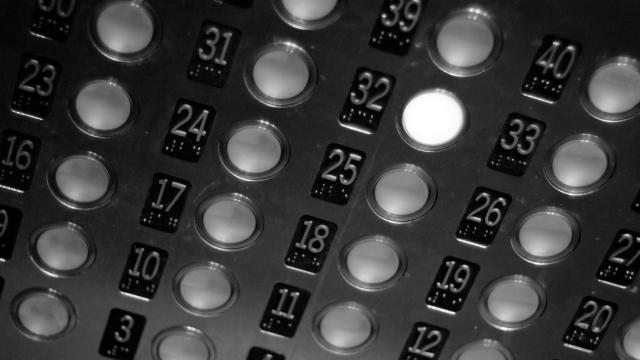A Japanese team is testing a small prototype space elevator, according to news reports. It certainly isn’t the fantastical, many-kilometre-long cable of science fiction, but it demonstrates that at least someone is serious about this tech.
The Mainichi newspaper reports:
In the experiment, two ultra-small cubic satellites, which were developed by Shizuoka University Faculty of Engineering, will be used. Each satellite measures 10 centimeters each side, and a roughly 10-meter-long steel cable will be employed to connect the twin satellites. The pair of satellites will be released from the International Space Station (ISS), and a container acting like an elevator car will be moved on a cable connecting the satellites using a motor. A camera attached to the satellites will record the movements of the container in space.
Russian scientist Konstantin Tsiolkovsky first conceived of the space elevator idea in 1895 after seeing the Eiffel tower, and it’s since become an enduring science fiction trope.
A weight in geosynchronous orbit would drop down to Earth’s surface a 100,000km-long, ultra-strong cable (made from materials that might not exist yet), where it would be tethered. Special elevator climbers could travel up the cable’s length, potentially making trips to space stations far cheaper. The balance between the Earth’s gravity and the weight’s centripetal force would prevent the assemblage from crashing to Earth.
The Japanese team’s test is nothing like the space elevators of science fiction, of course. It’s just a container travelling along a cable between satellites in space. But it demonstrates that at least someone is willing to test out the technology.
Previously, Obayashi, the contracting company behind Tokyo’s tallest structure, the 634m Tokyo Skytree, expressed interest in building a space elevator with cables made from carbon nanotubes. We’ve previously been sceptical that carbon nanotubes would be strong enough for such a task.
This experiment will launch from Japan’s Tanegashima Space Center on September 11. But a ton of challenges remain to be solved before the construction of actual space elevator, from the ensuring the strength of the cables to avoiding meteorite impacts to bringing electricity from Earth to space.
